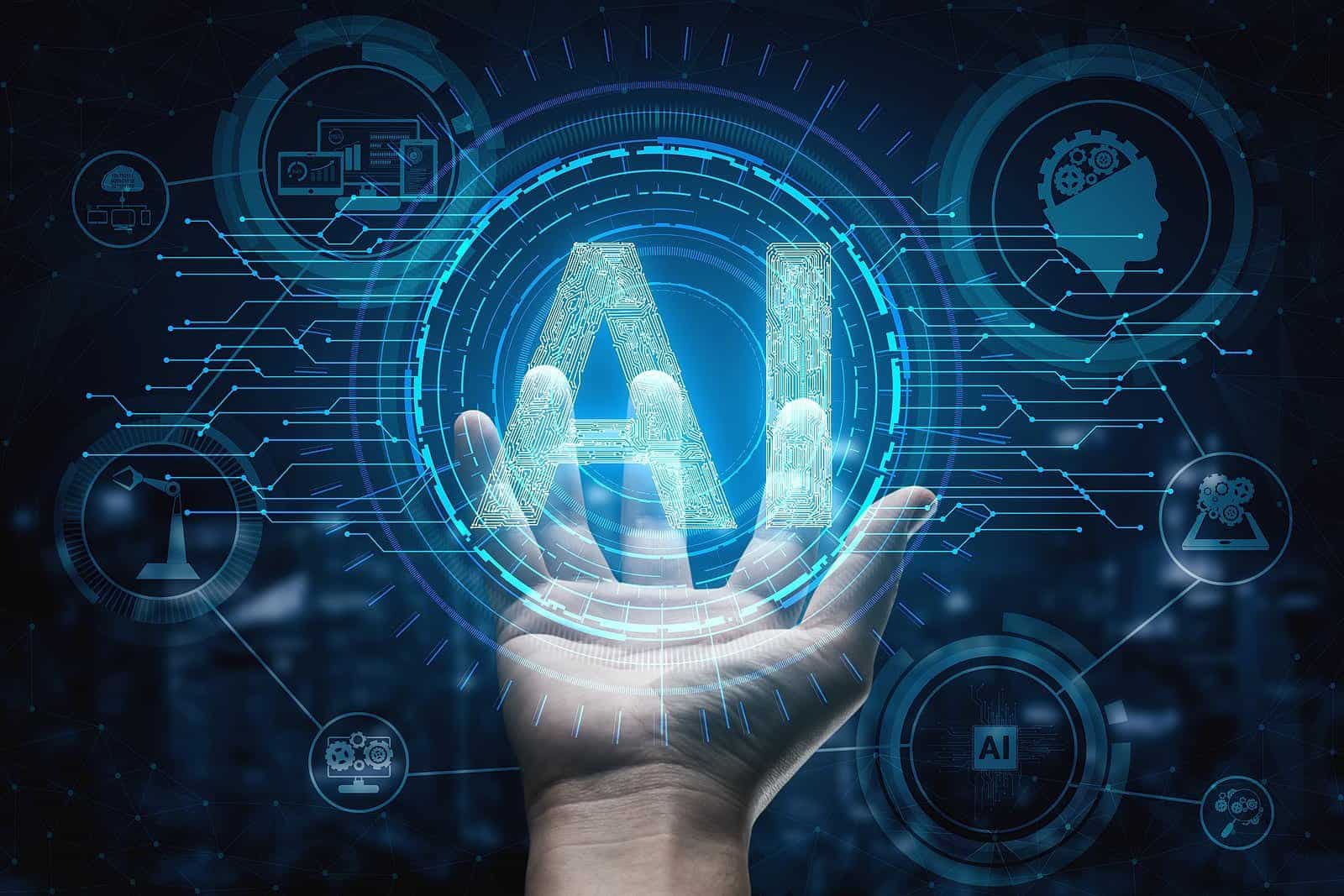
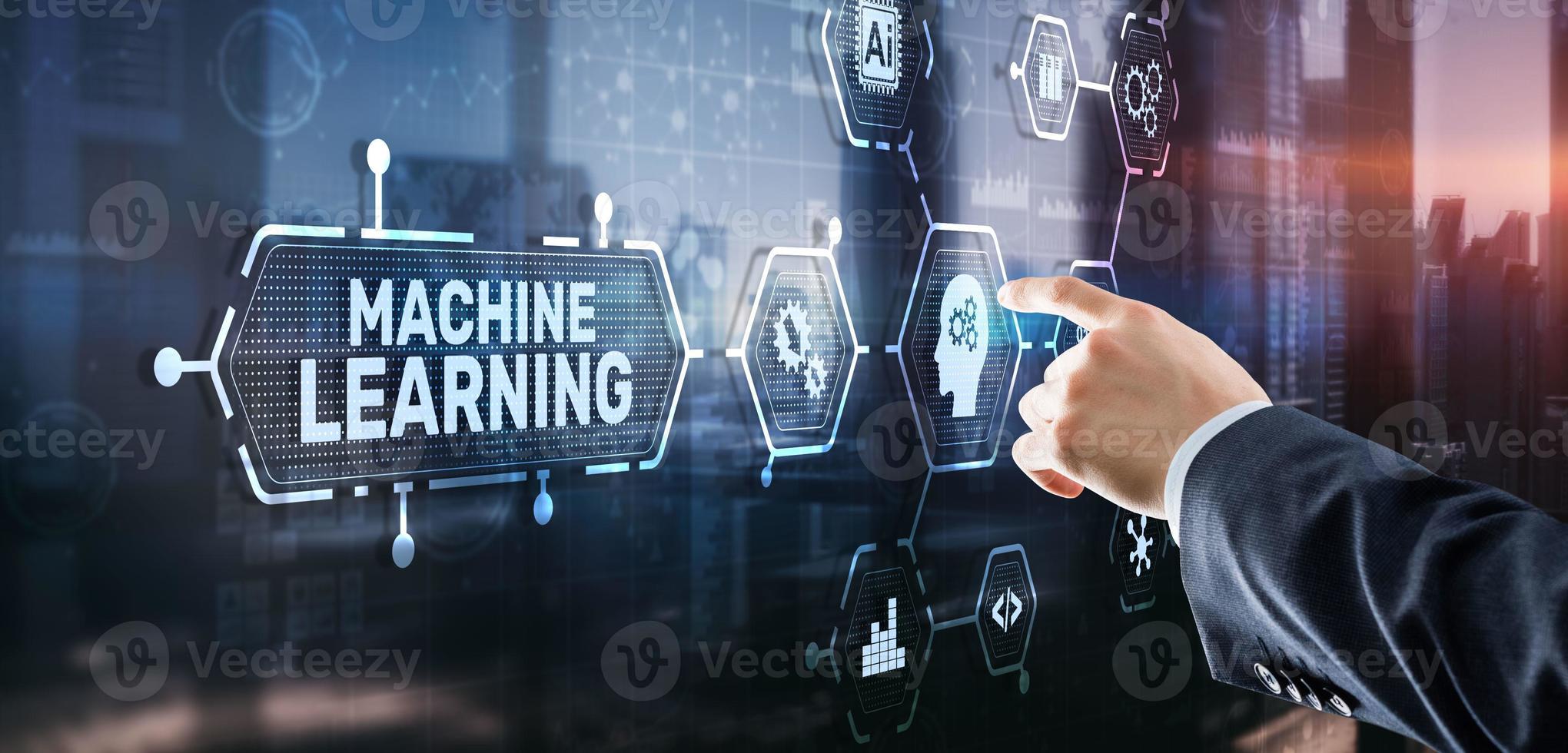
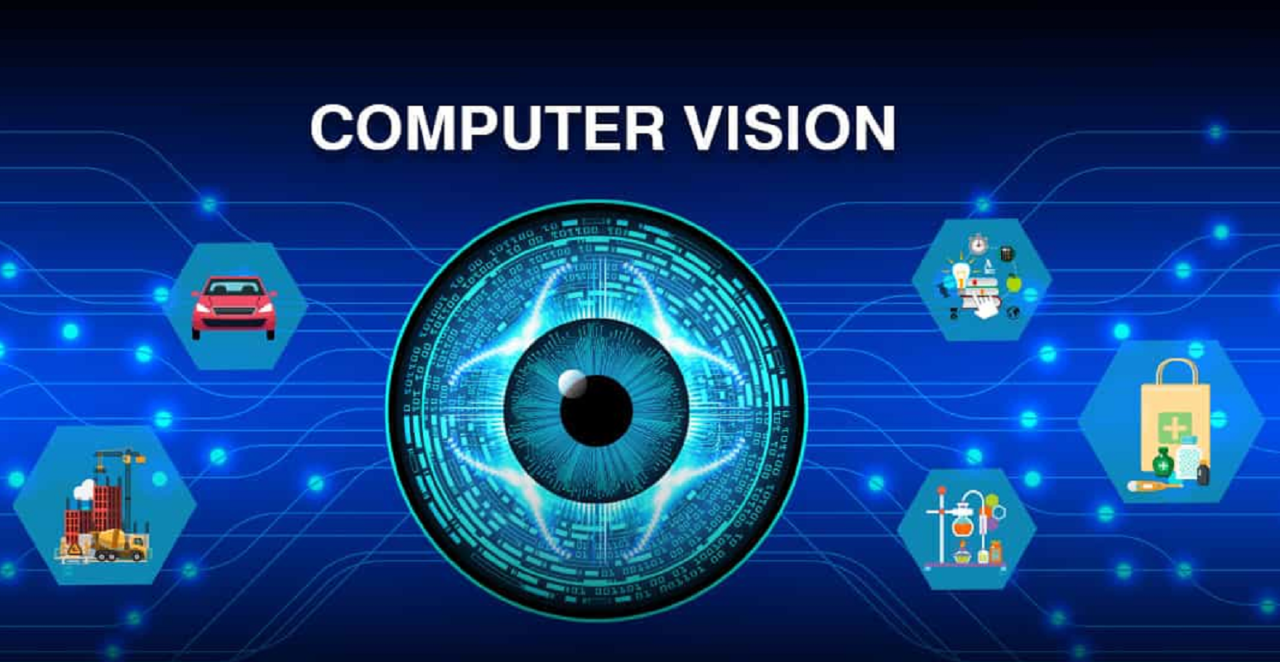
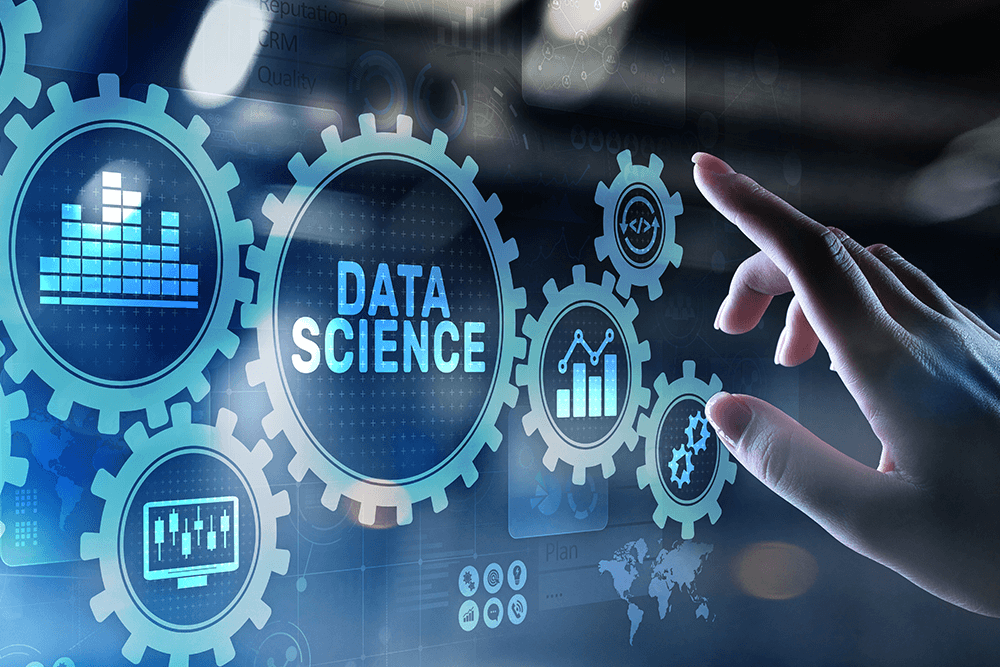
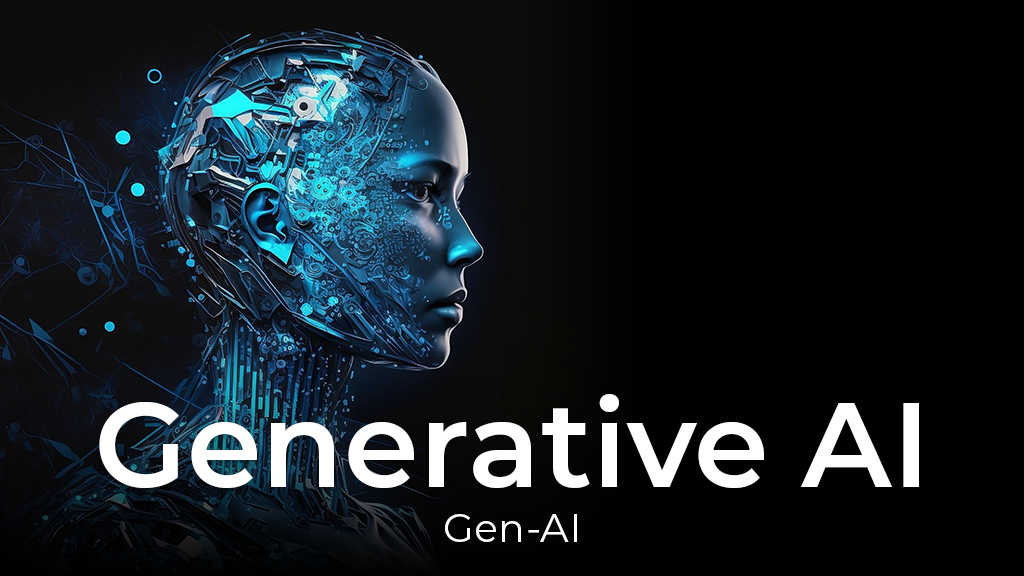
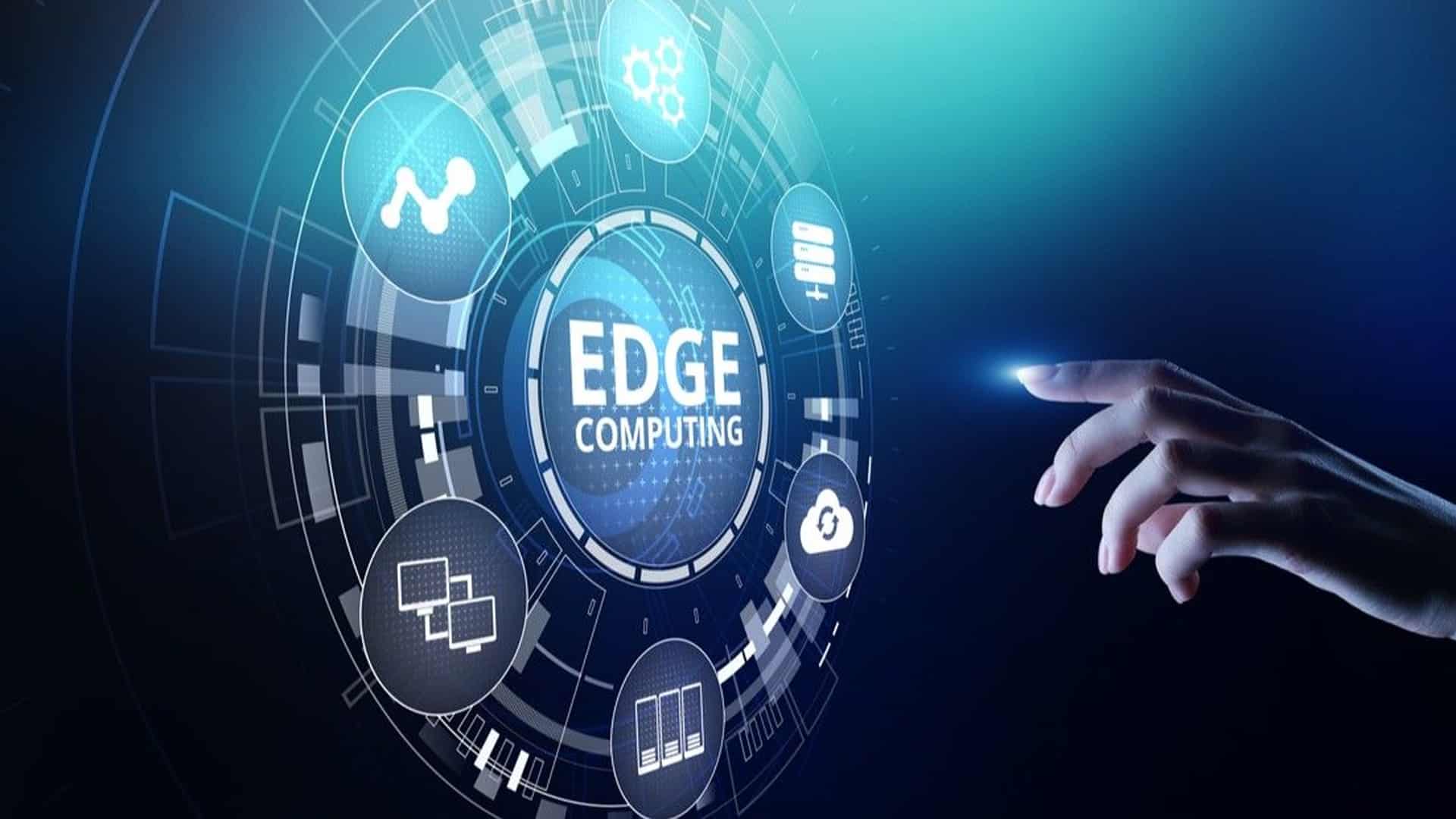
Restructured Your
Business in the AI Age
Automating Human
Decision Making
Vision Beyond
Human Eyes
Predicting the
Unknown Future
Generating Art
with Algorithms
Real-Time
Intelligence Everywhere
Artificial Intelligence(AI)the ability of a digital computer or computere-controlled robot to perform tasks commonly associated with intelligent beings.
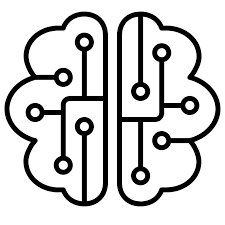
Machine Learning(ML) is a field of study of artificial intelligence with the development and study of statistical algorithms that can learn from data
Computer vision is a field of computer science that focusses on enabling computer to identify and understand object and people in images.
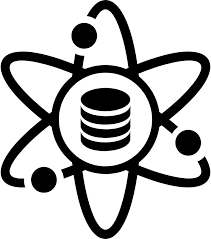
Data science is the study of data to extract meaningful insights for business. It is a multidisciplinary approach that combines principlesand practices.
Definition
Artificial Intelligence (AI) is the simulation of human intelligence by machines, enabling them to think, learn, and make decisions like humans.
Key Features
AI systems can process vast data, recognize patterns, learn from experience, and adapt to new inputs without explicit programming.
Principles
AI relies on data-driven decisions, pattern recognition, machine learning, and autonomous adaptation to solve complex problems.
Types
AI ranges from narrow AI (task-specific) to general AI (human-like understanding), including machine learning, deep learning, and natural language processing.
Tools
Popular AI tools include TensorFlow, OpenAI’s GPT, IBM Watson, and scikit-learn, enabling powerful applications across various fields.
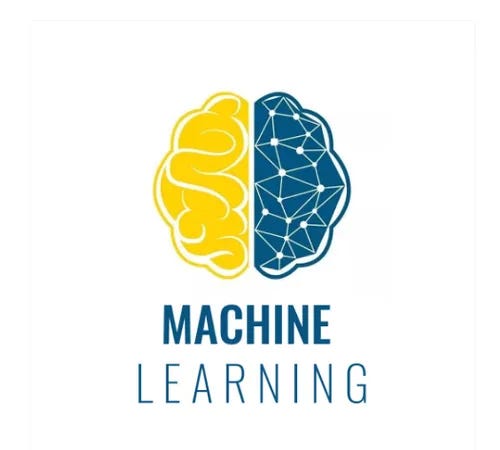
Definition:
Machine Learning is a subset of AI that enables systems to learn and make predictions from data without explicit programming.
Key Features:
Learns from data patterns.
Automates decision-making.
Principles:
Learning from data.
Continuous improvement through feedback.
Types:
Supervised: Learns from labeled data.
Unsupervised: Finds patterns in unlabeled data.
Reinforcement: Learns through trial and error.
Deep Learning: Uses neural networks for complex tasks.
Tools:
TensorFlow, PyTorch, Scikit-Learn, Keras, Weka.

